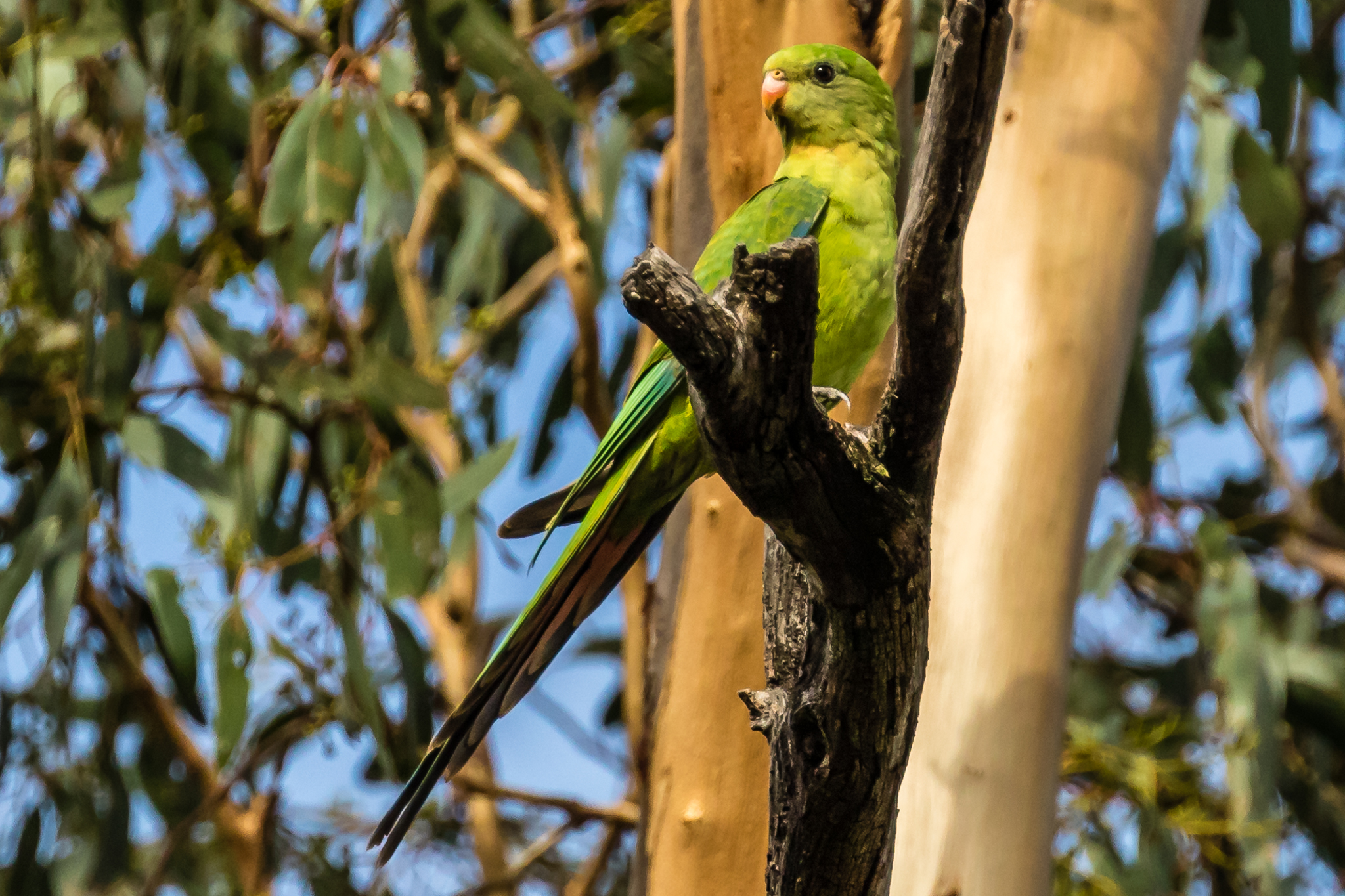Grenfell NSW
Grenfell located in NSW's woodlands has been subjected to widespread clearing of the original vegetation. It is within the South West Slopes KBA (Key Biodiversity Area). KBAs are a global approach to identify and protect the world's nature hotspots to ensure that monitoring and implementation of conservation effort goes to the most important areas. The Company Dam in Grenfell and Weddin State Forest are good places to see birds.
Link to “Bird Trails of the Weddin Shire” for bird-watching sites.
Photo: Grey-crowned Babblers travel in family groups foraging amongst leaf litter and the bark of fallen trees for insects. They prefer open forests and woodlands.
The Plumed Whistling-Duck is at home in tropical grasslands but travels south to enjoy farm dams and pastures. It is named for its call, a high pitched whistle. During the day they graze on grasses close to water but a night venture further afield across farmlands.
Eastern Rosellas were once trapped for sale as pets and can cause damage in fruit orchards. Like all parrots they compete for an ever decreasing number of suitable nest hollows in dead trees. They are common in open woodlands around Grenfell.
Superb Parrots are listed as vulnerable and conservation efforts are underway including provision of nest boxes. They are often seen during the spring and summer in roadside trees and open woodlands, feeding on grass seeds, fruit, nectar, flowers and berries.
Sewage treatment plants provide refuge from duck hunters, a constant water supply and even food in the final treatment ponds. Grey Teal, Pink-eared Ducks and some times Plumed Whistling-Ducks are seen at the Grenfell Sewerage Treatment Plant.
Buff-rumped Thornbills (here seen at Company Dam) join other Thornbills, Weebills, Pardalotes and other small birds that control insects and pests of the woodlands. Buff-rumped Thornbills prefer the margins of forests, living and feeding in the lower branches of scrubs.
Yellow-rumped Thornbills are ground feeders and prefer open habitats as long as there are low branches or a fence nearby to provide a safe perch. They feed on insects and sometimes seeds.Common in the farmlands around Grenfell.
The female Red-capped Robin has the red cap but not the bright red breast of the male. Perched on a fence, it is watching for insects on the ground to swoop down on. Often seen in open woodlands close to open farmland.
The Restless Flycatcher feeds in the trees, hovering over leaves and picking off insects. It is seen across open woodlands and forests and adjacent farmlands. The Restless Flycatcher can be see in Australia’s north, east and south-west corner.








